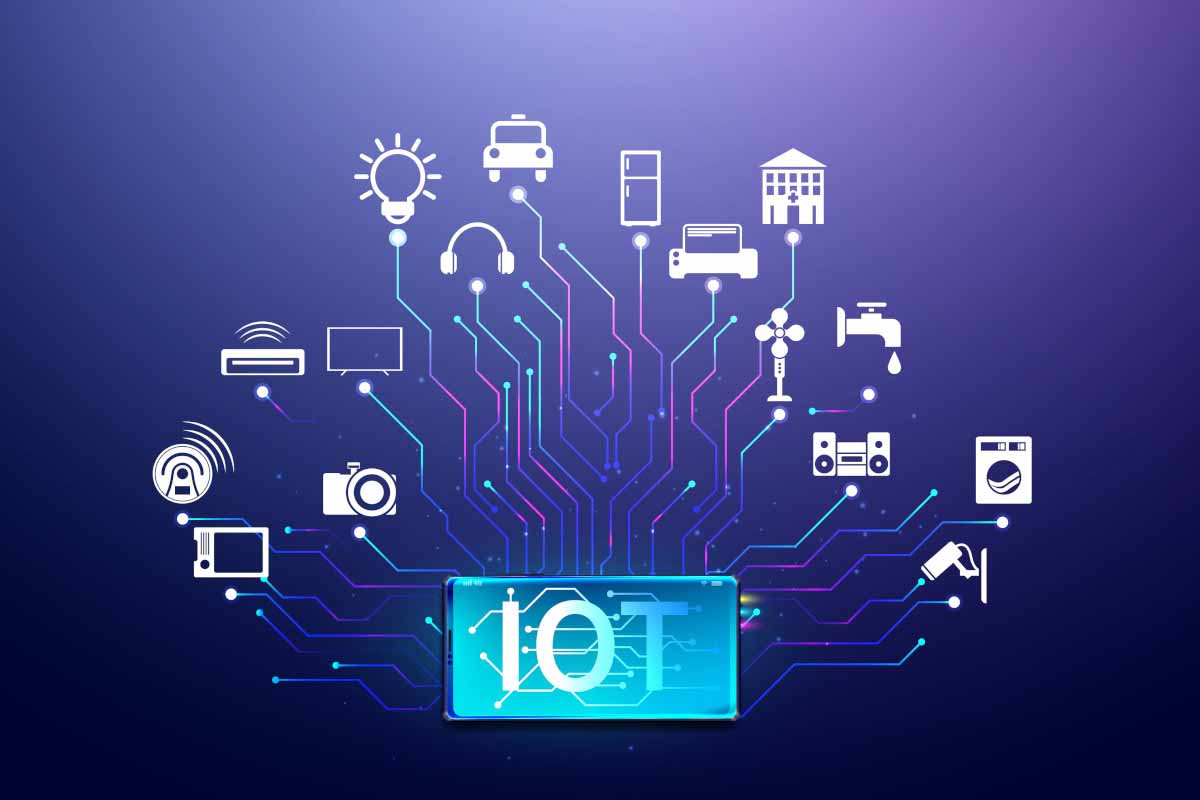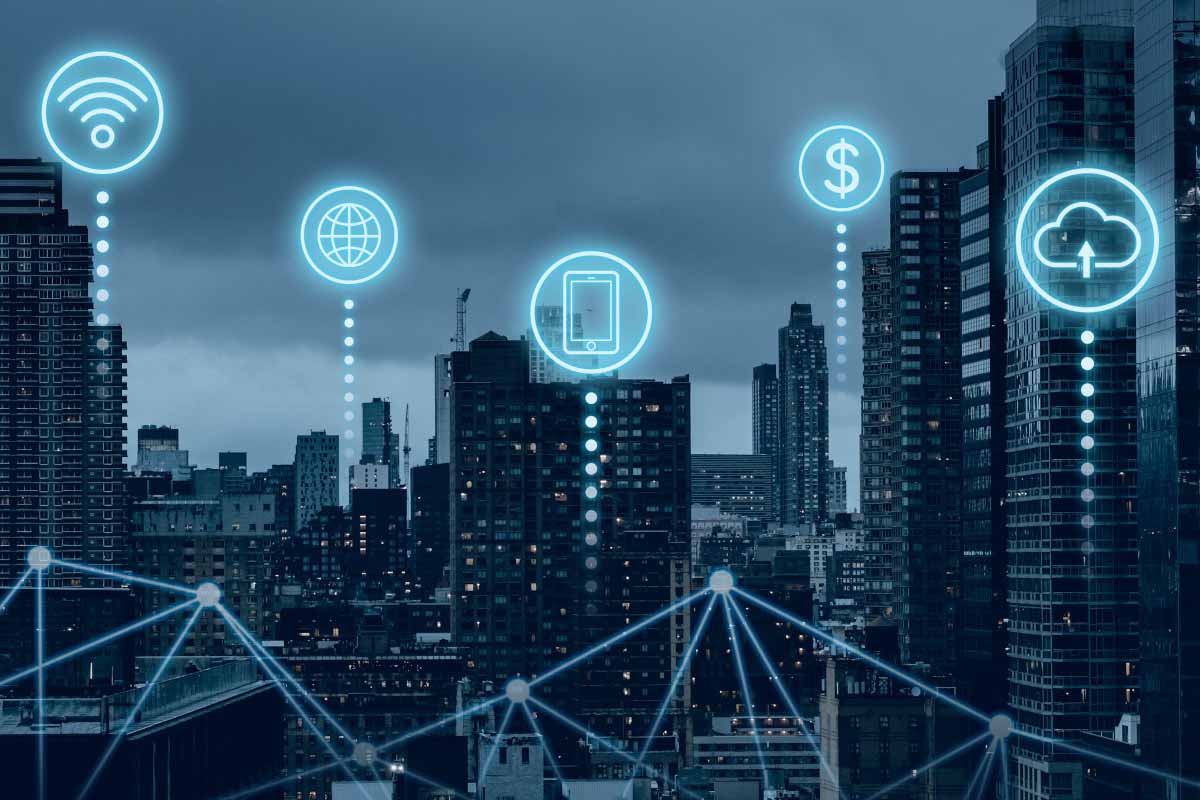IoT app development can help your business unlock tremendous potential. This is why, more and more companies across industries are seeking to build custom IoT apps to power and grow their business. With that said, building IoT apps is challenging and to be successful organisations require an in-depth knowledge of the domain. In this article, we take a look at the complexities of IoT app development and help you overcome these hurdles with smart choices.
The Complexities of IoT App Development
An IoT app developer requires a thorough understanding of the client’s cloud platform as well as knowledge of machine learning algorithms and data analytics. Additionally, IoT developers use a variety of technologies and resources including complex setups, multiple platforms and heterogenous assets to build a seamless project.
An IoT app can work seamlessly and efficiently only if the IoT hardware, middleware and the app are integrated into a seamless continuous process. Due to these complexities, very often IoT app development and deployment is delayed leading to extended timelines. As a result, the app ends up using a technology that has already become obsolete by the time the app is deployed. Speed is of the essence in IoT app development.
Worry not! To avoid these complexities, we list the top factors to consider while building your IoT app.
Top 5 Factors to Consider during IoT App Development

- 1. Hardware
Ideally, you will be using hardware from several vendors. To avoid vendor lock-in, look for apps that work on a hardware-agnostic IoT platform. This platform helps you connect any hardware, irrespective of the vendor. Also, these platforms use standard protocols, making it easy to replace or upgrade your hardware in the future.
- 2. Data Storage
Your apps work best when they have a mature data storage solution. A mature data storage solution allows you to stream and analyse device data right onto the platform. Another alternative is developing your own IoT data collection system to customize data storage and access.
- 3. Data Analytics
Data analytics is a key part of IoT app development. Besides collecting and storing data, you also require the right infrastructure to cleanse and analyse raw data. Look for data storage systems that make it easy to analyse data.
- 4. Scalability
When building an IoT app, keep in mind that you will need to deploy and run the IoT application on multiple devices simultaneously. Additionally, you may also need to run multiple IoT apps on the same device. Look for IoT platforms that are scalable and have the facility to accommodate future growth.
- 5. Security
Security by design is the basic rule of IoT app development. Security should be a part of initial design rather than a final addendum. While building an IoT app, take the extra steps to ensure that personal data is safe and not compromised. While designing IoT apps for industries, you have to ensure that the app safeguards the intellectual property of the organisation. Two-factor authentication, penetration testing and encryption the fundamental ways to maximise the security of IoT apps.
Now, that we’ve seen the factors to consider while building an IoT app, let’s take a look at the steps involved in the process.
5 Steps in IoT App Development

Step 1: Choose the Right Platform
There are tons of IoT platforms that you can choose for your app. However, before you choose an IoT platform, make sure to check if it meets the criteria of the five factors listed above. Also, consider the cost and future support to pick the right platform.
Here are some of the top IoT app development platforms:
- • Android Points
- • Xively
- • IBM Watson
- • Azure IoT Suite
- • Android Things
- • Oracle IoT
- • ThingWorx
- • Kaa
Several of these platforms resolve the inconsistency issue by permitting developers to connect devices from various vendors.
Step 2: Choose the Right Hardware
While developing an IoT app, you have to choose an SOC (System on Chip) board or SBC (Single Board Computers). While choosing hardware, ensure that the equipment meets your needs. Second, look for hardware equipment that are reliable and have adequate support from the manufacturer, if things were to go wrong.
Step 3: Speed is Key
When it comes to IoT apps, they need to be incredibly quick. Time delay or lag during sharing data between sensors in various locations is a big no as it can impact the overall performance of the system. So, make sure to look for apps that are super-fast to optimise performance.
Step 4: Safety Concerns
As mentioned above, safety and security should be a part of the design instead of an afterthought. Due to the large number of connected devices, even a single data leak can cause the entire system to be compromised. So, make sure to check if the app has strong safety protocols to handle sensitive information securely.
Step 5: To Buy or Build
This is the final decision you’ll have to make – should you go for a custom IoT app or purchase off-the-shelf apps available on the market. Custom building helps you dive into the full complexity of IoT technology and build an app that is perfectly tailored to your specific requirements. However, the biggest hurdle of custom building an IoT app is that it takes time.
This is where, Future Algorithms comes into the picture. Our team of dedicated and expert IoT developers helps custom build an IoT app for your industrial needs from scratch. We make sure that your IoT app meets all the criteria – safety, security and scalability. Get in touch with our IoT app development team to discuss your requirements and get started on your IoT app.




